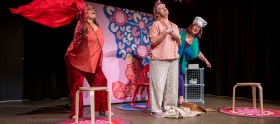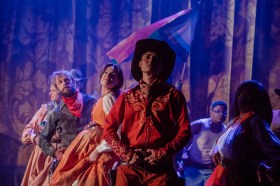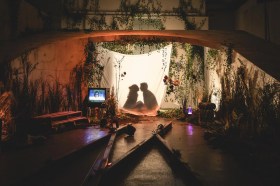Despite being based in Adelaide, where she is currently the Director of the Elder Conservatorium of Music at the University of Adelaide, the award-winning pianist, curator, festival director and writer Anna Goldsworthy has spent many an hour at Melbourne’s arts, culture and learning precinct, the Abbotsford Convent.
Melbourne, she tells ArtsHub, ‘is a place where my children were born’. Consequently, she has visited the Convent and the neighbouring Collingwood Children’s Farm – originally the Convent’s vegetable garden – many times.






